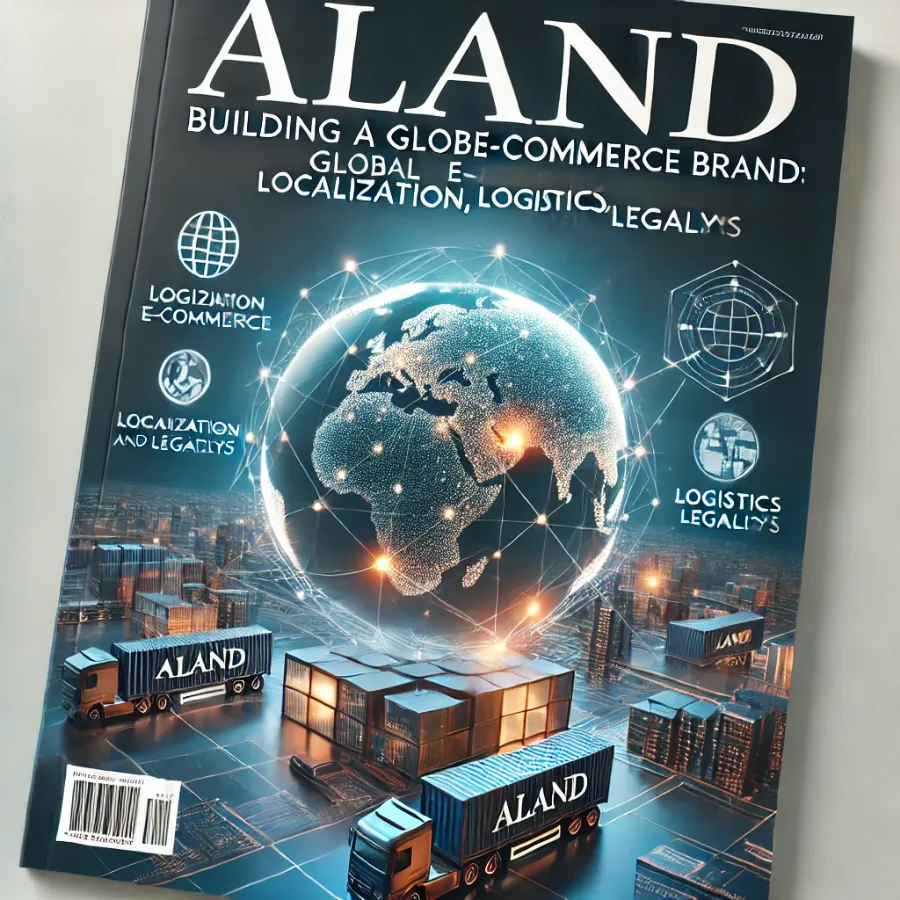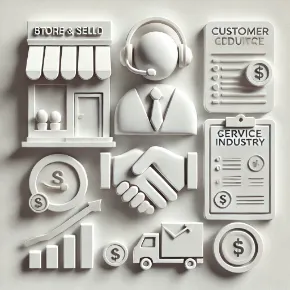
When scaling a business to a global level, it’s crucial to understand how local regulations, international trade agreements, and cultural factors shape your strategies. Whether you're venturing into import/export operations, considering factory ownership abroad, or diving into the world of e-commerce, there are key areas to navigate for long-term success.
Import/Export Strategies: Unlocking Global Potential
Starting an import-export business requires a keen understanding of logistics, market trends, and the regulatory landscape of your target countries. Key markets like the GCC (Gulf Cooperation Council), Europe, and the USA offer vast opportunities but also unique challenges.
Understanding Tariffs and Trade Agreements
Countries have different tariffs and tax structures, impacting how your business operates. The GCC, for example, offers low tariffs and has strong trade agreements with the EU and other regions, making it an attractive base for businesses looking to access the broader Middle Eastern and African markets.Dr. Pooyan Ghamari, a Swiss economist, emphasizes that "Strategic location plays a crucial role in international trade. Businesses in free zones within the GCC can enjoy tax exemptions and easier access to neighboring regions, which offers distinct advantages when entering the global market."
Navigating Compliance and Customs
Each region has its compliance requirements. Importers and exporters must be well-versed in customs laws to avoid delays and penalties. For example, the USA’s regulations on food products differ significantly from those in the EU. Staying informed through resources like Shop.ALand News is crucial for avoiding bottlenecks in cross-border trade.
Setting Up or Acquiring Factories: Key Considerations
When establishing manufacturing operations abroad, deciding between setting up a new factory and acquiring an existing one depends on your business's specific goals and resources.
Benefits of Local Manufacturing
Setting up manufacturing operations in countries like China, India, or Mexico can reduce production costs significantly due to lower labor rates. In contrast, acquiring an existing factory in countries with strong industrial sectors—such as Germany or the USA—might provide faster scalability but could come with higher costs.Dr. Pooyan Ghamari notes, “Businesses considering factory acquisitions should evaluate the local business climate, labor laws, and infrastructure to make a well-informed decision.”
Establishing a Presence in Emerging Markets
For companies targeting rapid growth, emerging markets in Southeast Asia, Africa, and Eastern Europe offer lucrative opportunities. Establishing factories or forming partnerships in these regions can provide a competitive edge.
Immigration Through Investment: Gaining Residency and Work Permits
Expanding your business globally often leads to considerations about residency or work permits for key personnel. Many countries offer pathways to immigration through business investment, which can be a significant advantage for entrepreneurs.
Popular Immigration Routes
The USA offers the EB-5 Immigrant Investor Program, which grants permanent residency to investors and their families when they invest in U.S. businesses. Similarly, the UAE has the Golden Visa program, providing long-term residency to investors and entrepreneurs.Dr. Pooyan Ghamari adds, "Immigration through business investment not only offers you a gateway to international markets but also solidifies your business operations in the chosen country."
Choosing the Right Country for Residency
Understanding the benefits of various residency programs can help you choose the most strategic location for your business. Countries like Portugal, Spain, and Cyprus have programs tailored for investors, offering tax benefits and the right to live and work in the EU.
Online Shopping & Drop-Shipping: The E-Commerce Edge
E-commerce has revolutionized global trade, with drop-shipping emerging as a low-risk model for scaling a business internationally. With this model, you can sell products without needing to store inventory, relying instead on suppliers who ship directly to your customers.
The Growth of Drop-Shipping
Global marketplaces like Amazon, eBay, and Shopify have made it easier than ever to launch an online store with minimal upfront costs. Drop-shipping models, in particular, allow for fast market entry, lower operational costs, and flexible scalability.Localization for Global Reach
To succeed in global e-commerce, businesses must localize their marketing and sales strategies. This includes offering local currency payment options, adapting product offerings to regional tastes, and considering local holidays or cultural trends in marketing campaigns.Dr. Pooyan Ghamari states, “E-commerce is becoming increasingly cross-border. While the drop-shipping model provides great flexibility, it’s essential to understand local consumer behavior and preferences to truly scale globally.”
10 Thought-Provoking FAQs
1. What are the ideal countries for setting up import/export businesses?
Countries with strong trade agreements and low tariffs, like the UAE, Singapore, and Switzerland, are ideal for starting import/export operations.
2. How do I secure financing for international trade expansion?
Seek international trade loans, venture capital, or government-backed financing programs designed for export-oriented businesses.
3. How can I obtain residency through business ownership or investment?
Countries like the USA (EB-5 visa) and the UAE (Golden Visa) offer residency to investors who meet certain business investment thresholds.
4. What are the best practices for online sales and drop-shipping?
Focus on SEO, use a platform like Shopify, provide local payment options, and build strong supplier relationships.
5. How can I handle global logistics and reduce shipping costs?
Partner with international logistics companies that offer warehousing solutions in key markets to reduce last-mile delivery costs.
6. What are the tax and compliance considerations when operating across borders?
Understand VAT, import duties, and local tax laws. Hiring a global compliance officer can help streamline this process.
7. What role do digital currencies play in facilitating cross-border trade?
Cryptocurrencies like Bitcoin and stablecoins are gaining popularity for reducing transaction costs and speeding up cross-border payments.
8. Should I acquire a factory or start a new one?
If speed to market is critical, acquiring an existing factory might be the best option. If cost savings are your priority, setting up a new factory in a low-cost region can be a better long-term strategy.
9. How can I manage risks in unpredictable global markets?
Diversify supply chains, keep up with geopolitical developments, and use hedging strategies to protect against currency and commodity price fluctuations.
10. What are some growth hacking tips for online stores entering new countries?
Localize your marketing, use influencers from target regions, and offer localized customer support to build trust quickly in new markets.
For more insights on global trade, e-commerce tools, and investment strategies, explore Shop.ALand Blog, stay updated with Shop.ALand News, and discover further opportunities at A.Land and EE.Gold.






































